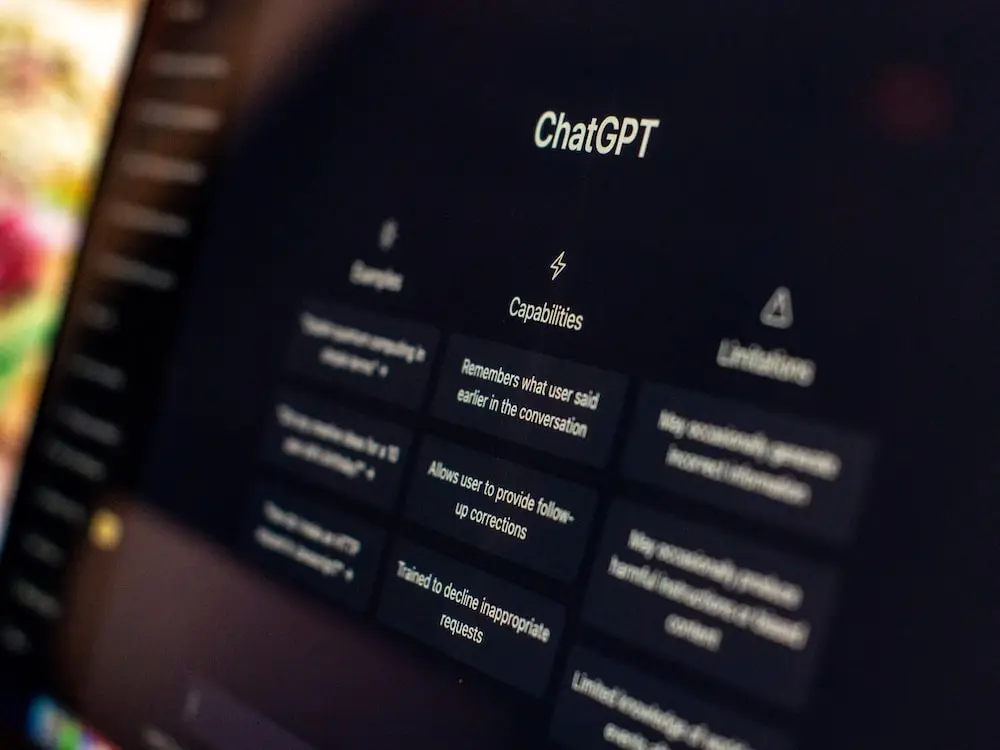Creating Your Own Chatbot with ChatGPT
Chatbots have transformed the landscape of business-customer interactions and process optimization. The prospect of developing a chatbot, which may seem daunting, has been simplified with the introduction of ChatGPT. Now, anyone can create their own chatbot, irrespective of their coding skills. This comprehensive step-by-step guide is designed to provide accessibility and user-friendliness throughout the chatbot creation process.
Step 1: Access ChatGPT
Start the process by accessing the ChatGPT platform. You simply require a web browser and a reliable internet connection. Log in or create an account, and you’re all set to commence the chatbot creation process.
Step 2: Define the Purpose
Before diving into the development, you need to have a clear understanding of your chatbot’s purpose. Identify the specific tasks and interactions you want your chatbot to handle, which may encompass aiding in customer support or delivering personalized product recommendations.
Step 3: Create a Persona
Creating a personality for your chatbot is crucial. Consider how you want your chatbot to talk and the vibe it should have. Should it be polite, casual, or funny? Make sure it matches your brand and suits what your audience expects.
Step 4: Define Conversation Flows
It’s now the exciting part where we chart out the different paths your chatbot will follow in conversations. Think about the questions and inquiries users may throw its way, and plan out suitable responses. This preparation is key to making sure your chatbot can smoothly handle a wide range of user interactions.
Step 5: Enter User Input and Get Responses
Utilizing ChatGPT’s user-friendly interface, you can input sample user messages or questions. ChatGPT will then generate responses based on your input. Begin with a few straightforward interactions and progressively broaden your list of examples to encompass a variety of potential scenarios.
Step 6: Customize Responses
Take a close look at the responses that ChatGPT generates, and make them your own to match your chatbot’s personality and brand image. You have the freedom to tweak, rephrase, or add more details to ensure that the responses are not only spot-on but also captivating.
Step 7: Test Your Chatbot
Testing your chatbot is a crucial phase to make sure it performs as you want it to. Have a chat with your chatbot, just like you’re talking to a friend. Use the example questions you’ve prepared. Test different conversation paths to confirm that your chatbot comprehends and gives the right responses. Keep an eye out for any issues or places where it can do better.
Step 8: Integration
Decide where you want to deploy your chatbot. Whether you want it on your website, a mobile app, or a popular messaging service like Facebook Messenger or WhatsApp, ChatGPT offers user-friendly guidelines and tools to make the integration a breeze. This ensures your chatbot is right where your audience needs it.
Step 9: Training and Optimization
Engage with your users and encourage them to interact with your chatbot. Your chatbot is designed to learn and adapt over time. Make it a habit to regularly gather and review user feedback and interactions. This will help you refine your chatbot’s responses and address any issues, ensuring it becomes even better with each interaction.
Step 10: Maintain and Expand
To ensure your chatbot remains efficient and stays current, it’s crucial to perform regular maintenance. As your business grows and changes, think about enhancing your chatbot’s capabilities. You can introduce new features, keep information up-to-date, or integrate advanced AI functions to make your chatbot even more sophisticated and user-friendly.
With this step-by-step guide, building your own chatbot using ChatGPT is now within reach for everyone. It simplifies the development process, making it user-friendly and cost-effective. Enjoy the benefits of a customized AI-powered chatbot without the complexity of traditional coding.



